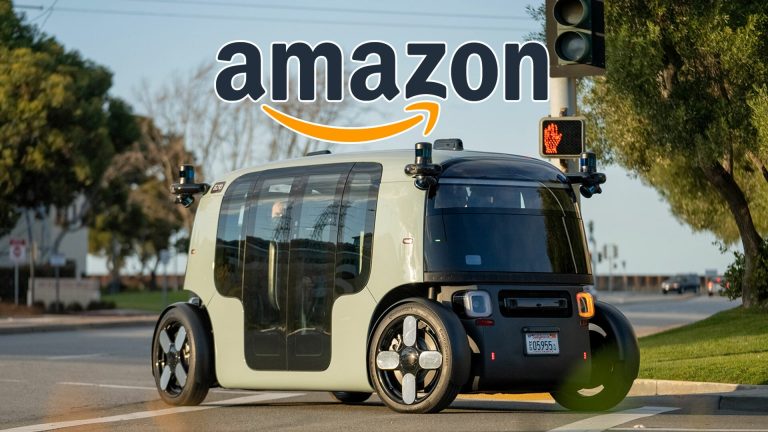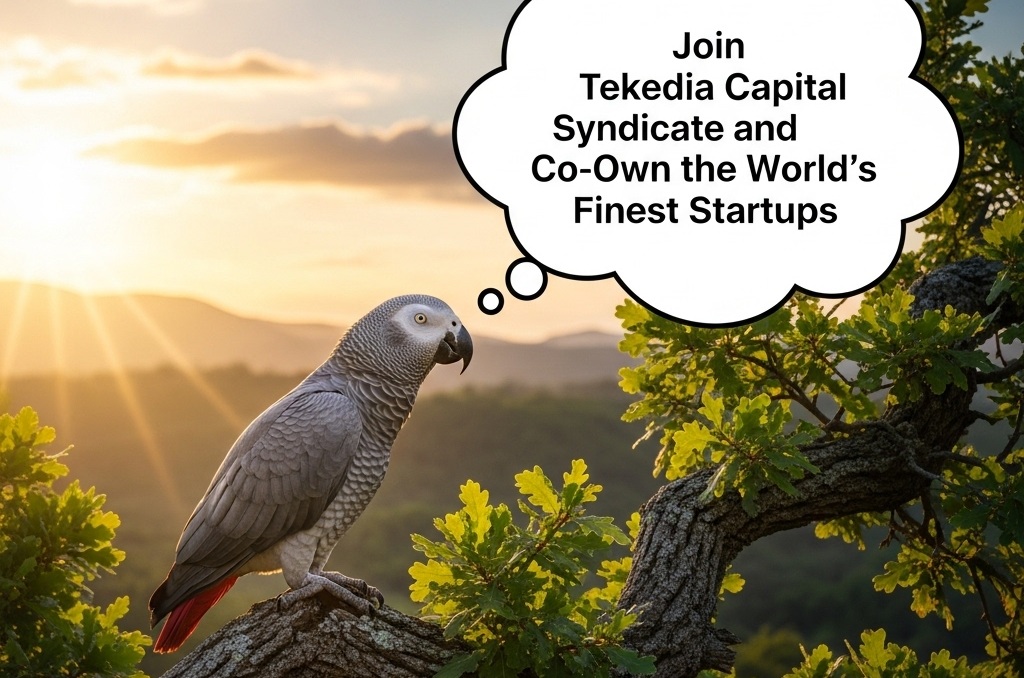
Amazon-backed Zoox has launched its first dedicated robotaxi production facility in Hayward, California, a move that underscores intensifying competition in the autonomous ride-hailing sector.
The facility, a 220,000-square-foot complex, is designed to build over 10,000 custom-built autonomous vehicles annually, marking Zoox’s transition from a testing-phase innovator to a full-fledged manufacturer in a market currently dominated by Alphabet’s Waymo and, soon, Elon Musk’s Tesla.
Zoox confirmed on Wednesday that it plans to begin its commercial robotaxi services in Las Vegas later this year, followed by a broader rollout in San Francisco, where it already conducts public road testing in the SoMa (South of Market) neighborhood. This next phase will include onboarding public riders and scaling production in response to anticipated demand across new U.S. cities in the years ahead.
Register for Tekedia Mini-MBA edition 19 (Feb 9 – May 2, 2026): big discounts for early bird.
Tekedia AI in Business Masterclass opens registrations.
Join Tekedia Capital Syndicate and co-invest in great global startups.
Register for Tekedia AI Lab: From Technical Design to Deployment (next edition begins Jan 24 2026).
“This expansion, plus the anticipated demand once rides open up to the general public, and additional market entrances in the coming years, warrants this increase in robotaxi production,” the company said in a statement.
A Purpose-Built Robotaxi, Not a Retrofit
Unlike rivals such as Waymo and Tesla that modify existing vehicles, Zoox stands out as the only U.S. company operating fully autonomous, purpose-built robotaxis. The vehicles, designed from the ground up, lack traditional driving controls like steering wheels and pedals and instead feature a carriage-style layout where passengers face each other—akin to a lounge on wheels.
This deliberate design shift allows Zoox to optimize safety, user experience, and efficiency, differentiating itself from Tesla’s upcoming Model Y-based robotaxi service or Waymo’s outfitted Jaguar I-Pace and Chrysler Pacifica fleets.
Tesla’s and Waymo’s Expanding Footprints
Tesla is expected to debut its robotaxi service on June 22, starting with its Model Y SUVs running Full Self-Driving software, and later introducing the “Cybercab”—a two-seater that, like Zoox’s vehicle, lacks manual controls. Meanwhile, Waymo remains the current market leader, already operating commercial driverless taxi services in multiple cities including Phoenix, San Francisco, Los Angeles, and Austin. Its vehicles log millions of paid miles each month, offering a formidable benchmark for newer entrants like Zoox.
The entry of Zoox into high-volume robotaxi manufacturing increases the stakes in what was already a fiercely contested sector. Analysts believe that the move could compress the time-to-market for advanced autonomous services and exert pricing and innovation pressure on competitors, ultimately accelerating the commercialization timeline across the board.
Zoox’s approach appears calculated. The Hayward plant is modular and flexible, allowing for increased automation as demand scales. The company currently produces one robotaxi per day but says the facility can ramp up to three vehicles per hour running two shifts.
Safety, Regulatory, and Cost Challenges
However, the robotaxi market continues to face serious hurdles. Industry-wide, companies have dealt with federal investigations, recalls, and regulatory scrutiny following vehicle incidents. Zoox itself conducted a voluntary recall in Las Vegas earlier this year after a minor traffic collision involving one of its autonomous vehicles.
Beyond safety, the broader challenge remains cost efficiency. Building and maintaining a fleet of self-driving vehicles—particularly purpose-built ones—demands deep capital and infrastructure commitments. This makes Amazon’s deep-pocketed support for Zoox a strategic edge that smaller players may struggle to match.
Acquired by Amazon in 2020 for over $1.2 billion, Zoox now operates as a semi-independent unit under CEO Aicha Evans and co-founder Jesse Levinson. The company has more than 2,500 employees and growing collaborations with Amazon’s cloud, AI, and logistics operations—elements that could give it an ecosystem advantage beyond ride-hailing.
Zoox’s immediate goal is to launch a fully driverless, paid ride-hailing service in Las Vegas by the end of 2025, before expanding into San Francisco and later cities like Austin and Miami. Its vehicles will continue to be refined and tested on U.S. roads, even as the company contends with strict regulatory compliance and public perception.
The road to widespread robotaxi adoption remains long and uncertain, but Zoox’s industrial-scale production signals a pivot in the industry: from pilot programs and flashy demos to real-world commercialization and competitive execution.



